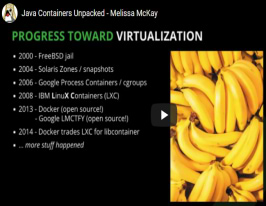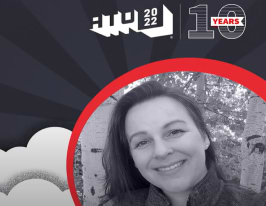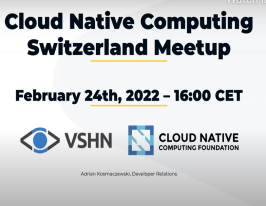Container Standards Explained @ All Things Open 2022 (Raleigh)
Speaker: Melissa McKay, Developer Advocate & Docker Captain @JFrog
December 28, 2022
< 1 min read
Title: Container Standards Explained
Abstract: Are you currently navigating containerization and cloud native deployment of your project? Do you understand how all of the container ecosystem components fit together and how OCI specifications are driving different implementations? Join Melissa McKay in a session about how the OCI Image Specification, the OCI Runtime Specification, and the OCI Distribution Specification came to be. Learn the technical details behind the specifications as well as the latest developments in Docker and other related projects in the container landscape. You will leave this session with a clear understanding of the goals of the Open Container Initiative and its effect on container implementations as well how to become an active member of this community. Leave with the essential knowledge you need that will help you choose your tech stack responsibly for your own project as well as prepare you for the future of your container deployments.
Find more info about All Things Open:
On the web: https://www.allthingsopen.org/






